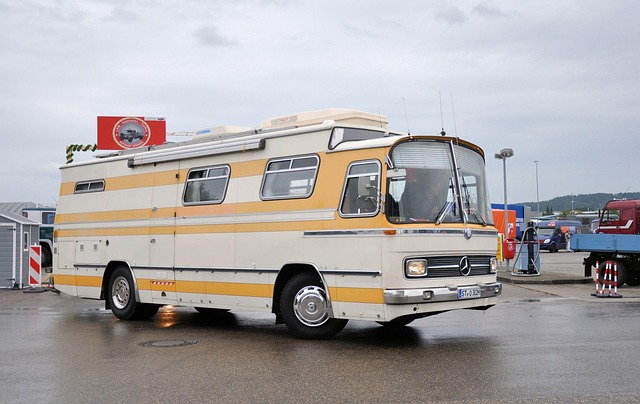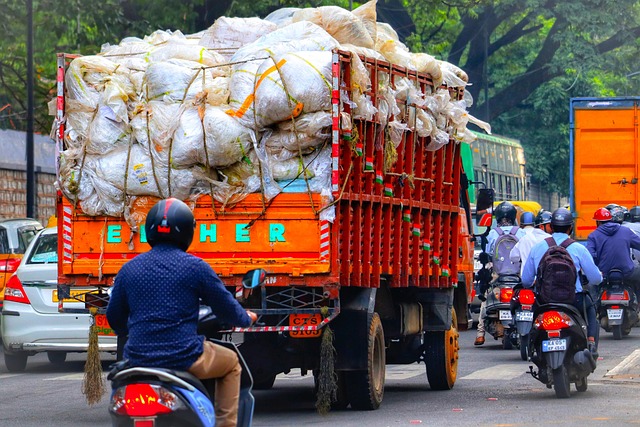Registering a car in California is a straightforward process, but understanding the requirements and gathering the necessary documents are crucial steps. This guide walks you through everything from meeting the essentials for car registration in the Golden State to performing a DMV VIN (Vehicle Identification Number) verification. By following these easy steps, you’ll be on your way to completing the registration process swiftly and efficiently, whether online or in-person.
- Understand Requirements for Car Registration in California
- Gather Necessary Documents for VIN Verification
- Perform DMV Vehicle Identification Number (VIN) Check
- Complete Online or In-Person Registration Process
- Pay Registration Fees and Receive Your License Plate
Understand Requirements for Car Registration in California

Before you begin the registration process, it’s crucial to understand what’s required for car registration in California. The state Department of Motor Vehicles (DMV) has specific guidelines and regulations that every vehicle owner must adhere to. One key step is the DMV vin verification, which ensures the vehicle’s identity and history are accurate. This involves a thorough inspection of the Vehicle Identification Number (VIN), a unique code etched into every car that provides vital information about its make, model, and production details.
A mobile vin verifier can be an efficient tool for this process, offering a convenient and often faster alternative to traditional VIN inspections. These mobile services provide on-site vin inspection, allowing you to address any issues immediately. By ensuring your vehicle meets all necessary criteria, including a clean title and no outstanding recalls, you’ll streamline the registration experience in California.
Gather Necessary Documents for VIN Verification

To register your car in California, you’ll need to go through a process known as DMV VIN verification. Before you begin, make sure you have all the required documents ready. This includes your vehicle’s registration certificate from the previous state, a valid driver’s license, proof of insurance, and the vehicle’s title. The Vehicle Identification Number (VIN) is a crucial piece of information for this step. You can obtain it from your car’s registration papers or by checking the dashboard or door jamb.
For a smoother process, consider using a mobile VIN verification service. These services allow you to quickly and easily validate your vehicle’s history and details right from your smartphone or computer. A mobile VIN verifier can check for any outstanding issues, accidents, or title problems associated with your car. This is particularly beneficial if you’re unsure about the documentation or want an extra layer of assurance before completing the registration process at the DMV.
Perform DMV Vehicle Identification Number (VIN) Check

Before you begin the registration process, it’s crucial to perform a DMV vehicle identification number (VIN) check. This step ensures that your car is in compliance with California’s regulations and helps prevent potential issues down the line. You can complete this verification through various methods, including a mobile vin inspection or using an online tool provided by the DMV.
A mobile vin verifier can be particularly convenient, as it allows you to conduct the check from the comfort of your own home or even while you’re on the go. Simply enter your VIN into the app or website, and the system will retrieve essential information about your vehicle’s history, including any reported accidents or outstanding recalls. This information is vital in ensuring that you’re registering a safe and legal vehicle.
Complete Online or In-Person Registration Process

In California, registering your car involves either completing a fully online process or visiting a Department of Motor Vehicles (DMV) office in person. Both methods require accurate and current information to ensure a smooth registration experience. The initial step is to gather all necessary documents, including proof of identification, ownership, and vehicle insurance. Once prepared, you can initiate the registration through the DMV’s official website, offering a convenient online form that guides you through each step, including a crucial DMV VIN verification process. This step ensures the vehicle’s identity and history are accurately checked.
Alternatively, for those preferring a more traditional approach, visiting a local DMV office is an option. There, a representative can assist with completing the registration forms while also conducting a vin inspection to verify the vehicle identification number (VIN). Whether online or in-person, ensuring your car’s details are up-to-date and accurate during registration is essential, especially when utilizing modern tools like a mobile VIN verifier for added convenience and accessibility.
Pay Registration Fees and Receive Your License Plate

After submitting your application, the next step is to pay the registration fees. These fees cover various costs associated with vehicle registration, including the cost of a license plate. The California DMV provides information on the specific fees applicable to different types of vehicles. You can typically pay these fees online or in person at any DMV field office. Once your payment is processed, you will receive your license plate, which is legally required for your car to be driven on public roads.
Ensuring accurate and timely registration is crucial, as it involves more than just acquiring a license plate. The DMV’s vin verification process, which includes a mobile vin verifier or a vin inspection, plays a vital role in confirming your vehicle’s identity and history. This step helps maintain California’s records and ensures that all vehicles on the road meet safety standards.
Registering a car in California involves understanding the requirements, gathering essential documents, and completing a straightforward process through the DMV. By performing a VIN check and providing all necessary paperwork, you can efficiently register your vehicle online or in-person. Remember to pay the required fees to receive your license plate, ensuring your car is legally registered and ready for California’s roads.
